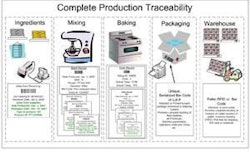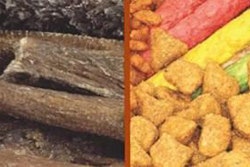This study’s objective was to compare repeatability of measurements of gastrointestinal tract motility in healthy dogs obtained by a wireless motility capsule (WMC) vs. scintigraphy. Six healthy adult dogs received a radio-labeled test meal immediately after oral administration of a WMC. Serial static scintigraphic abdominal images were acquired for 270 minutes. A dedicated remote receiver was used for data collection from the WMC until it was expelled in the feces.
Mean gastric emptying half-time measured by scintigraphy (T1/2-GES) ranged from 99.9 to 181.2 minutes. Mean gastric emptying time (GET) measured by use of the WMC (GET-WMC) ranged from 385.3 to 669.7 minutes. Mean coefficient of variation was 11.8% for T1/2-GES and 7.8% for GET-WMC.
Scintigraphy and a WMC system had similar variation for assessment of gastric emptying. Moderate intraindividual variability was detected for both methods and must be considered when interpreting test results for individual dogs. Repeatability of measurements obtained by the WMC was equivalent to that obtained by scintigraphy. The WMC system offers a nonradioactive, user-friendly method for assessing gastric emptying in dogs.
Source : C.S. Boillat et al., 2010. Variability associated with repeated measurements of gastrointestinal tract motility in dogs obtained by use of a wireless motility capsule system and scintigraphy. AJVR 71: 903-908. doi: 10.2460/ajvr.71.8.903

















